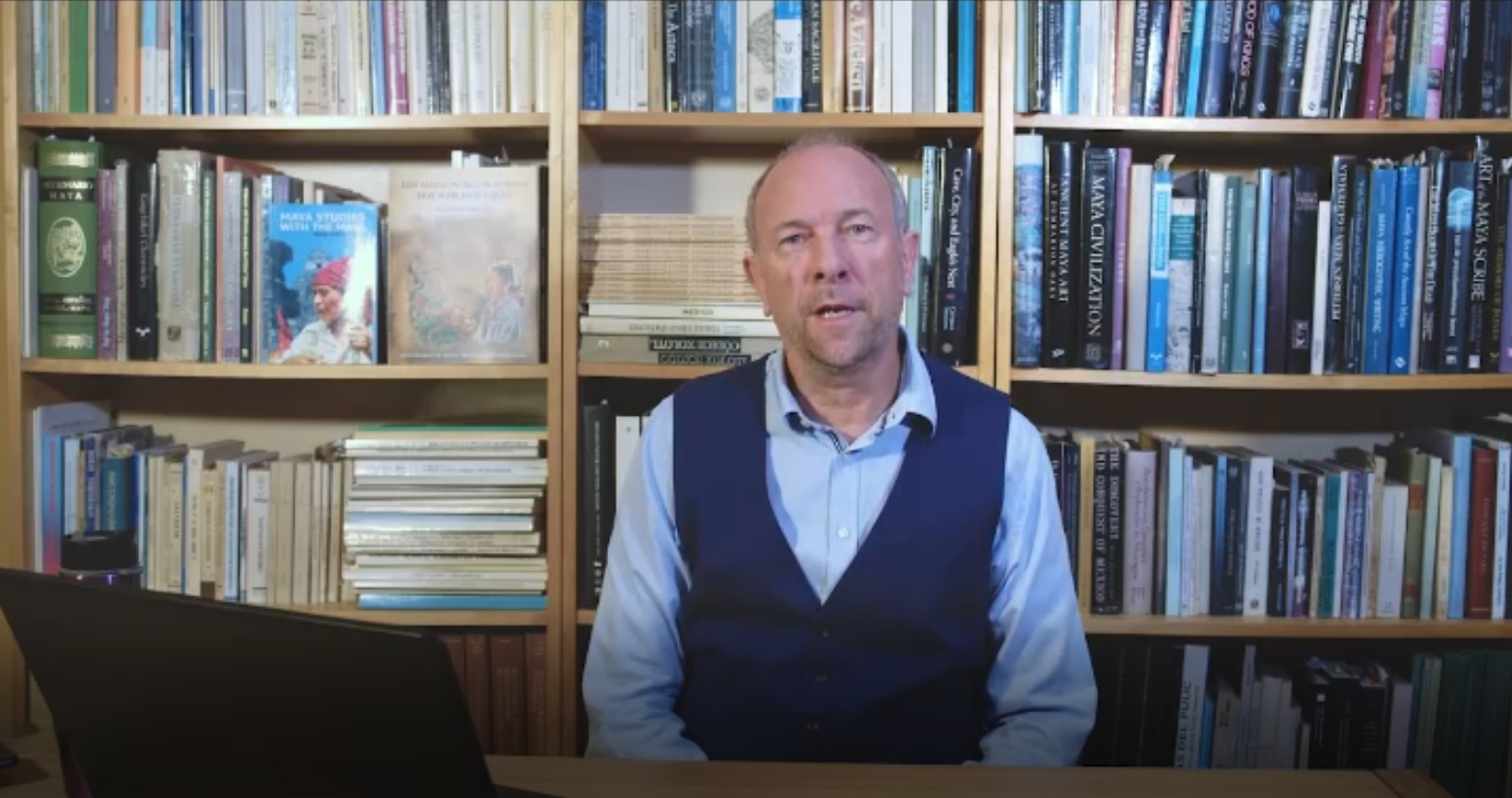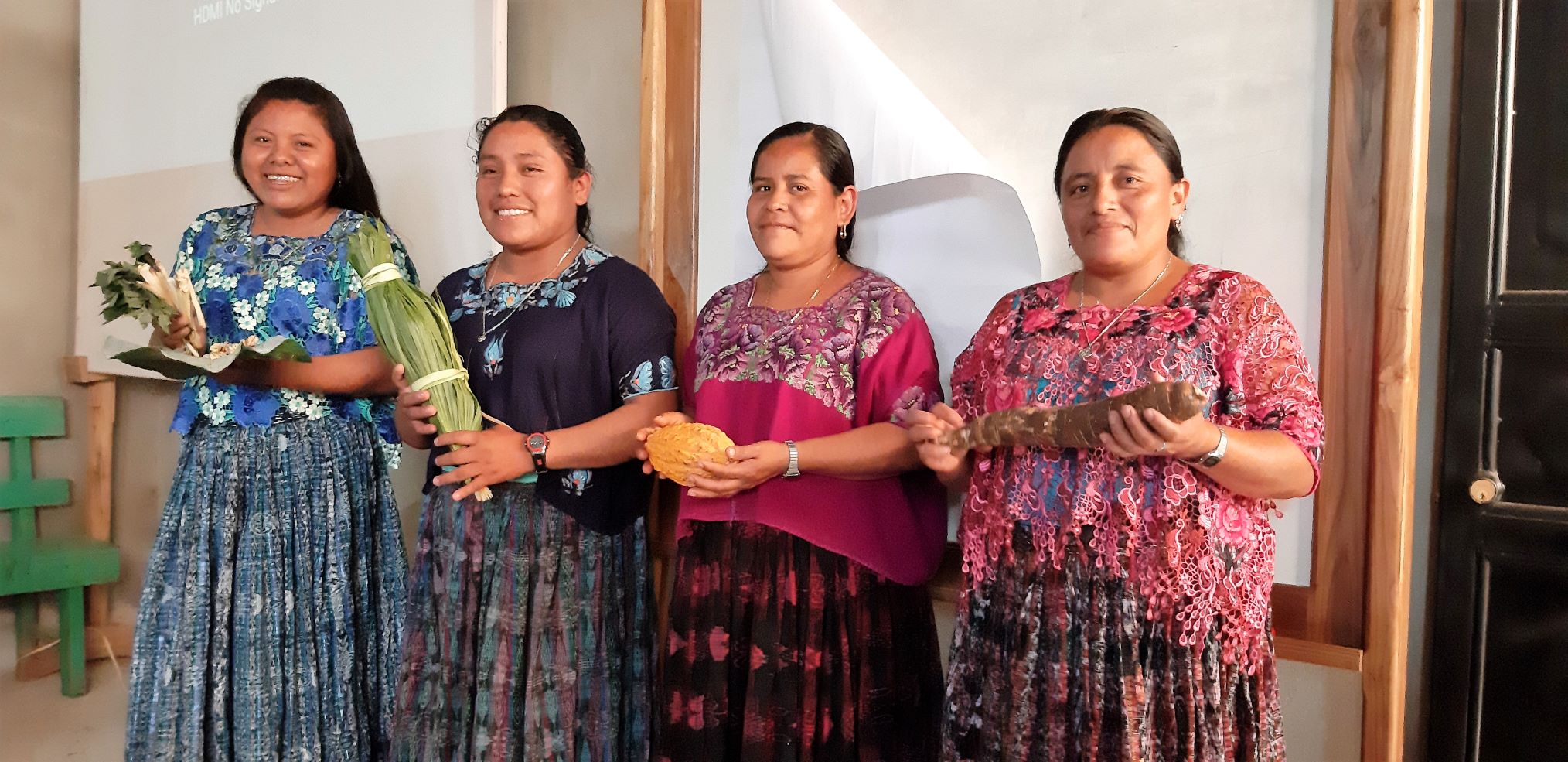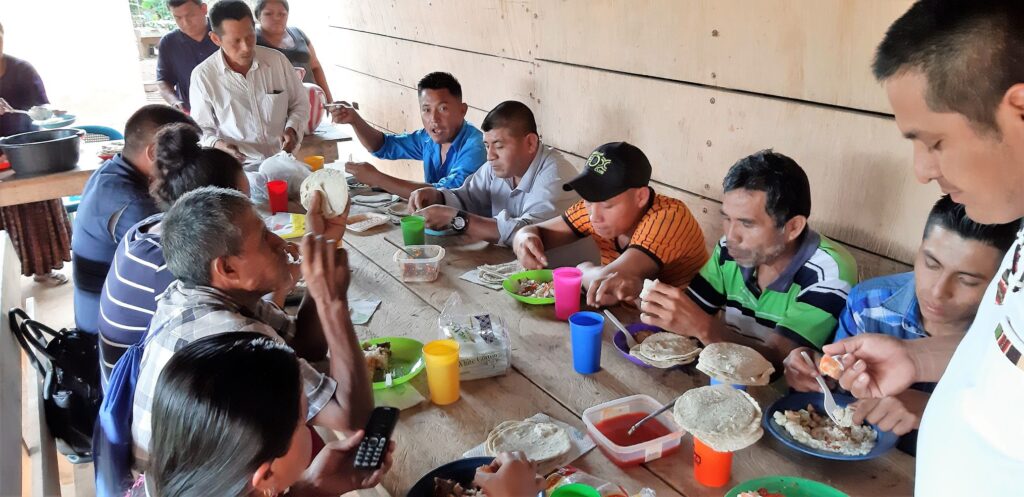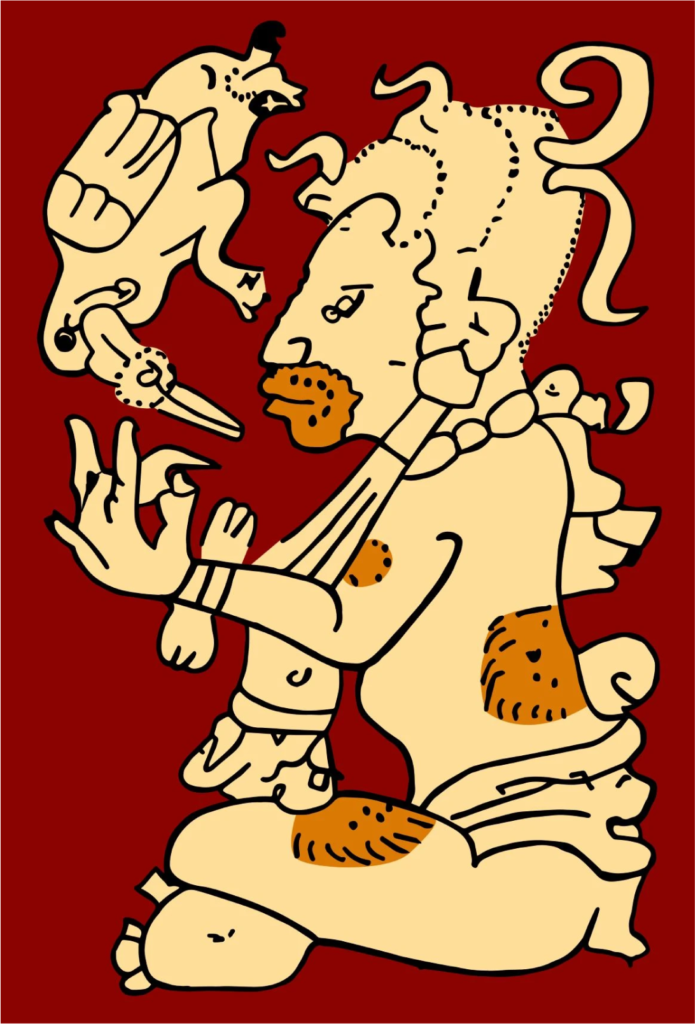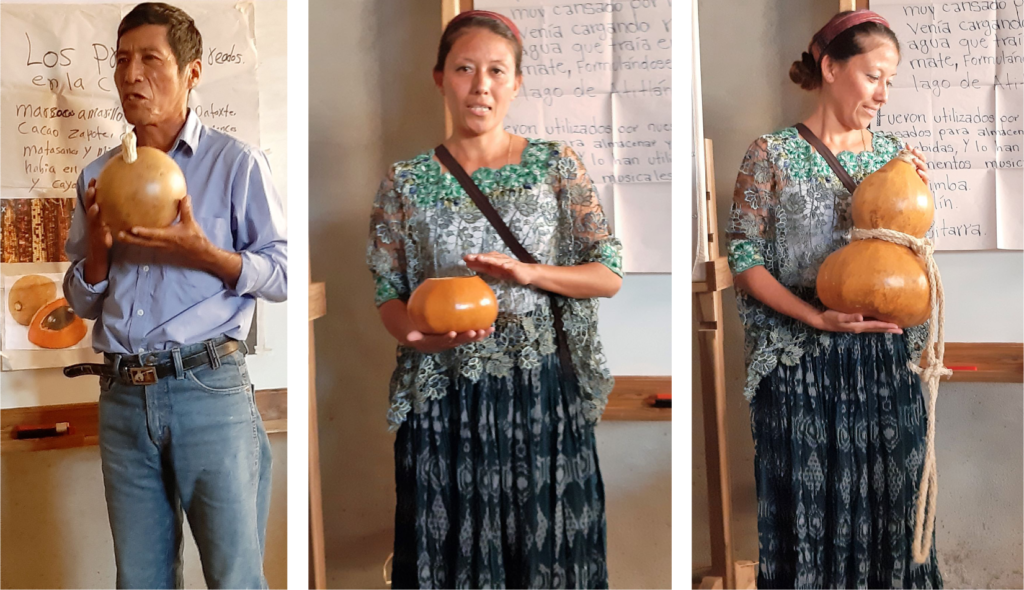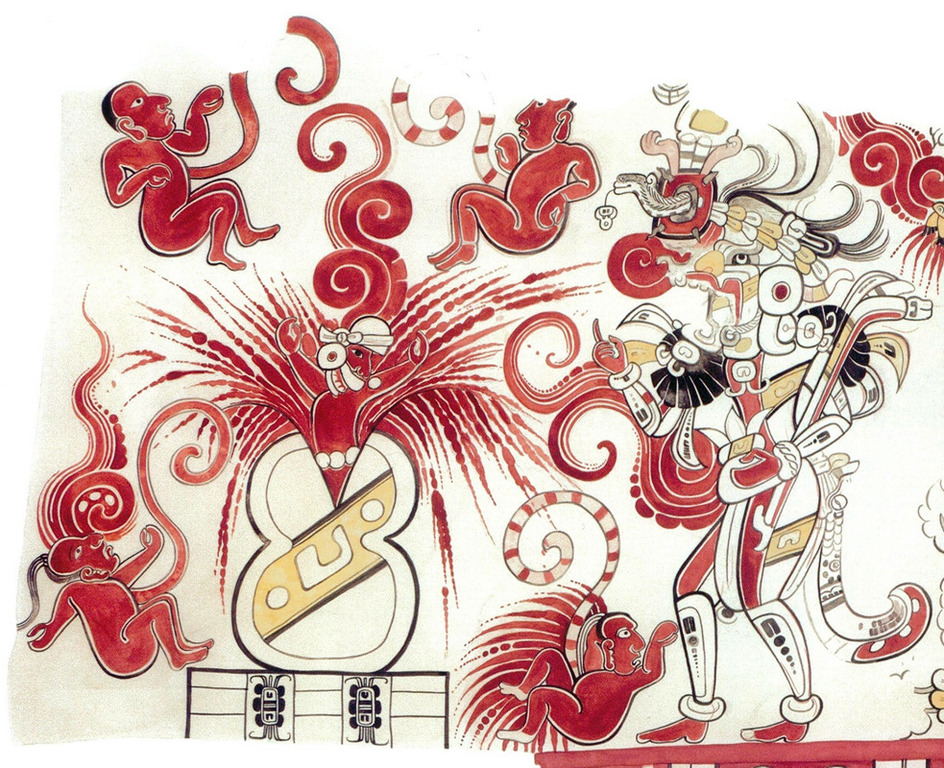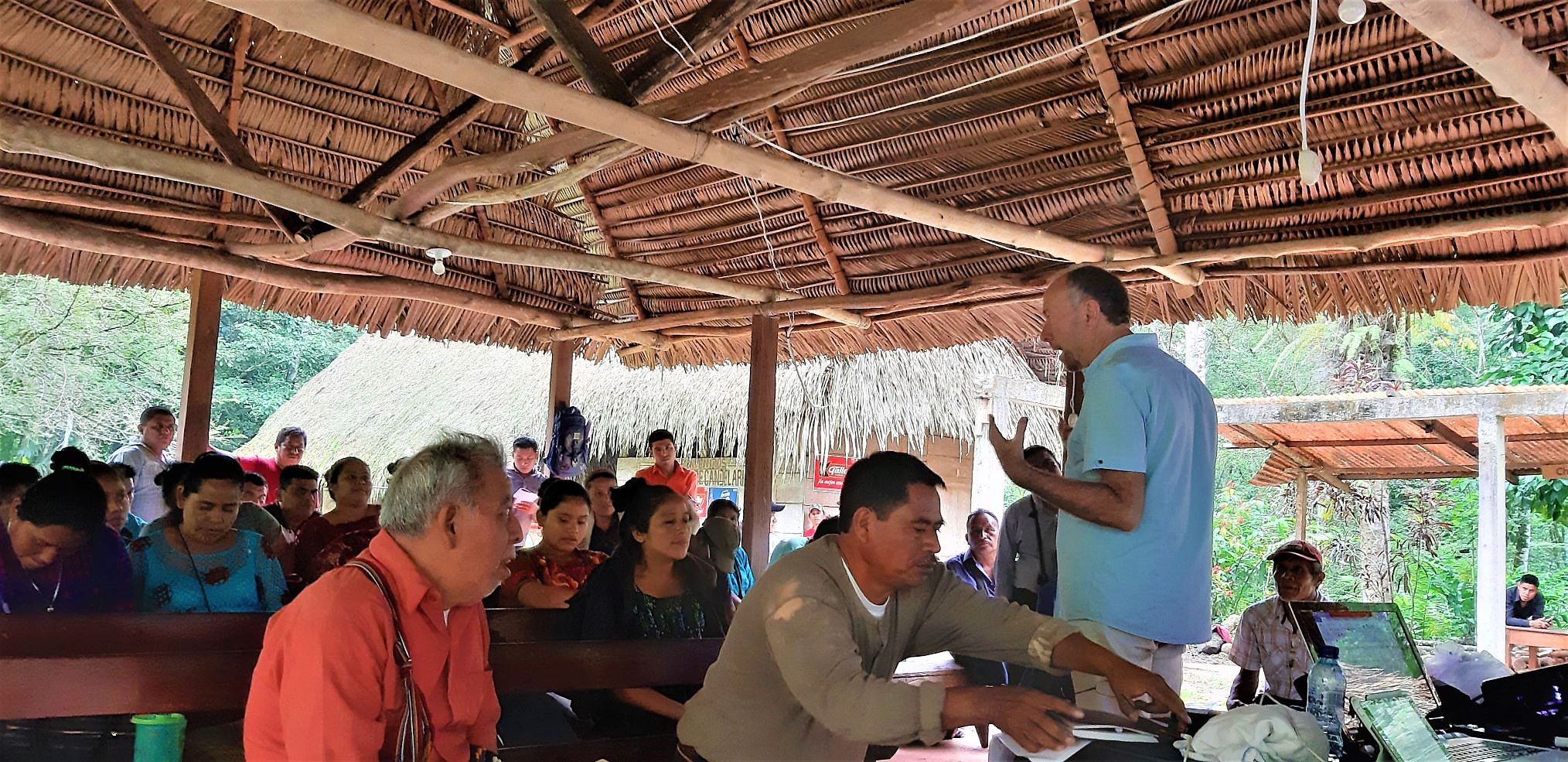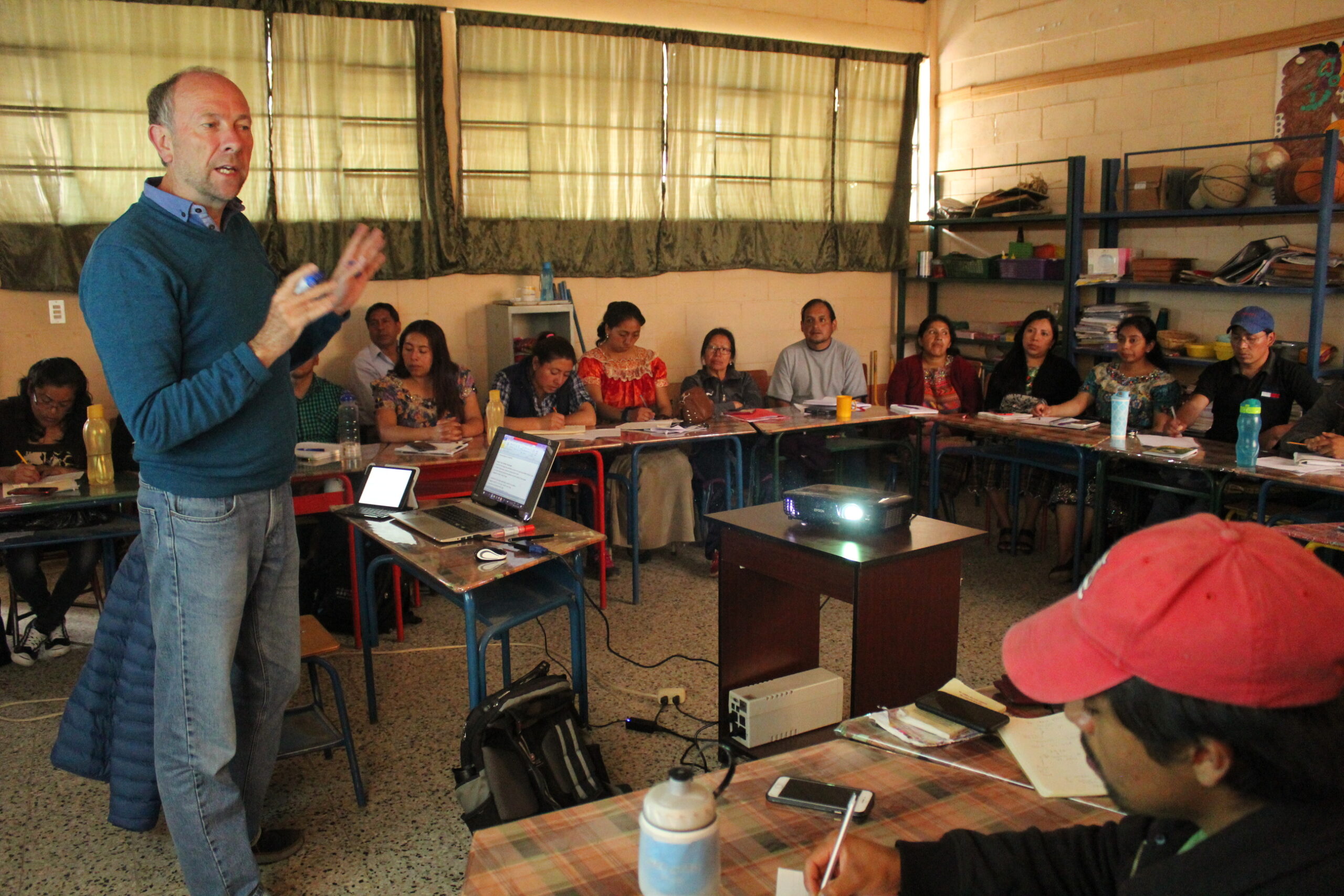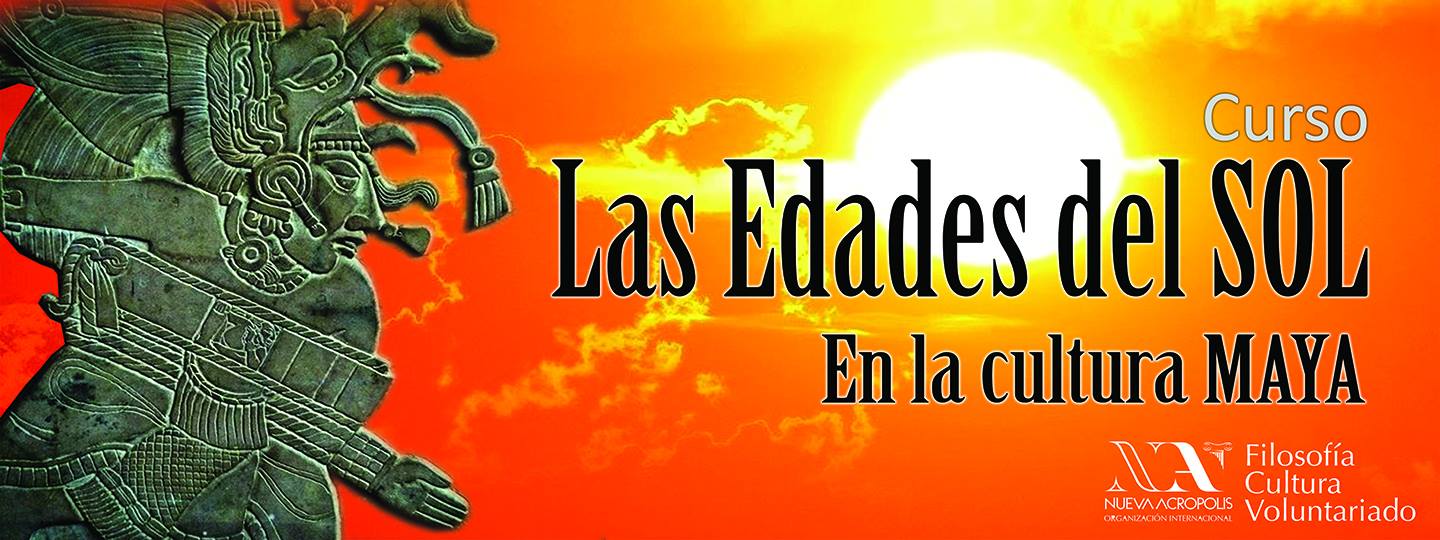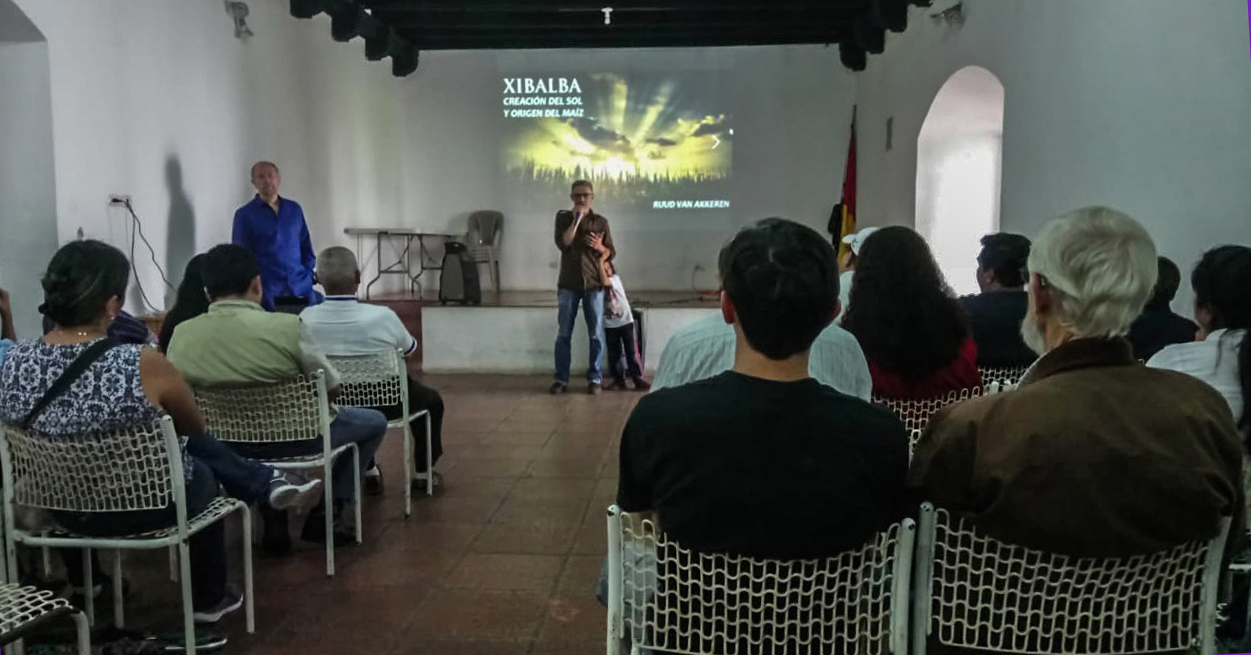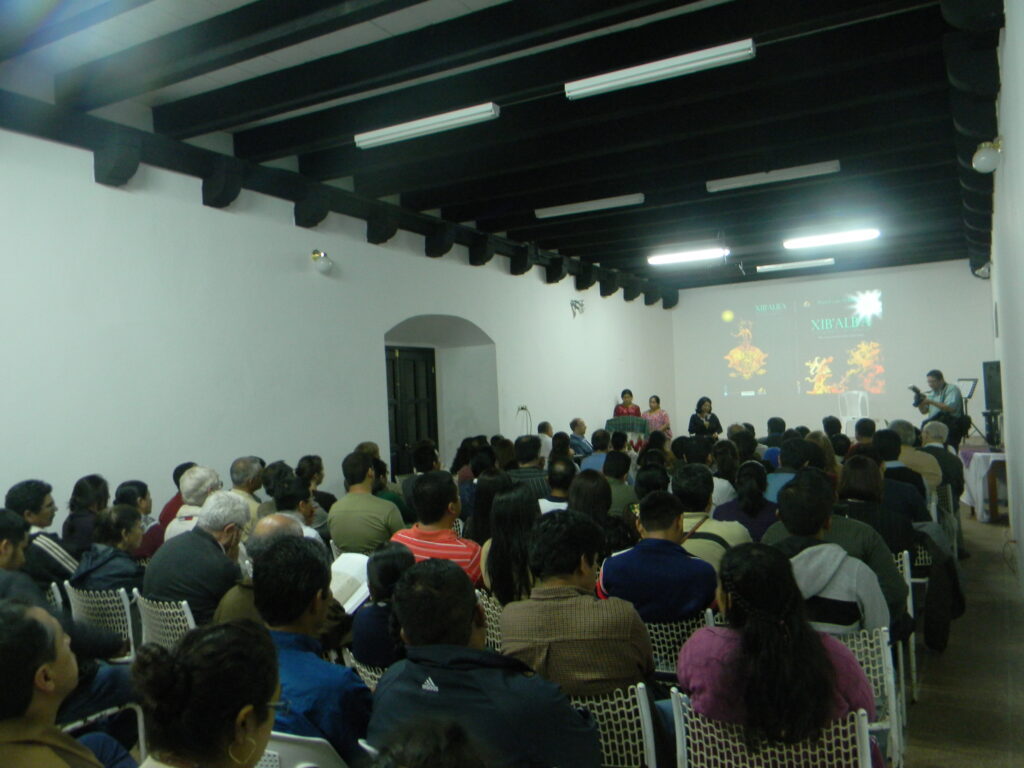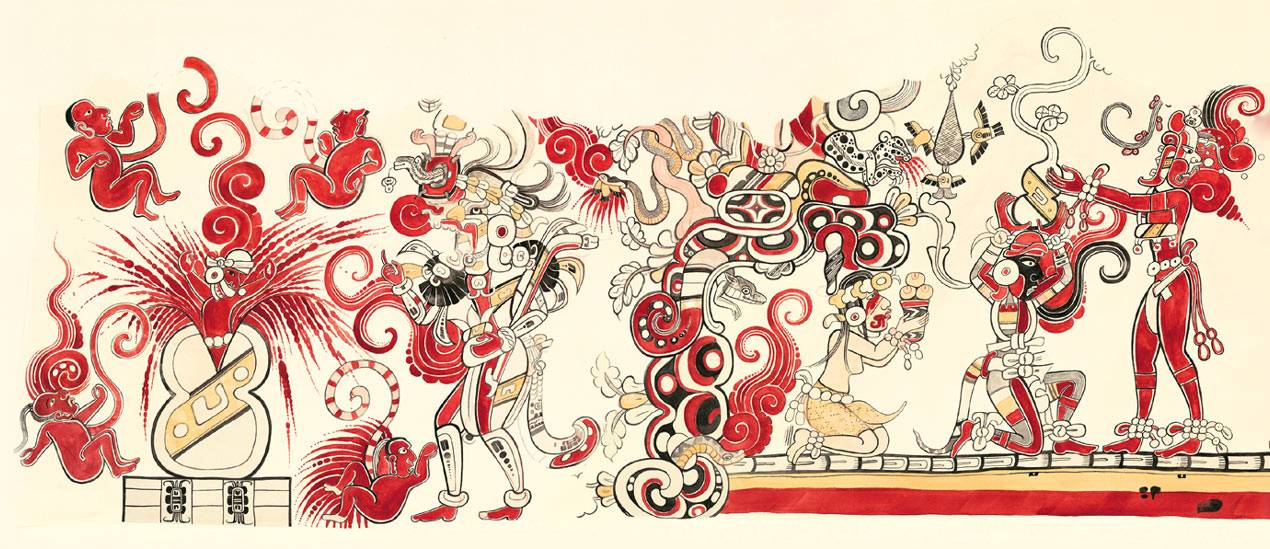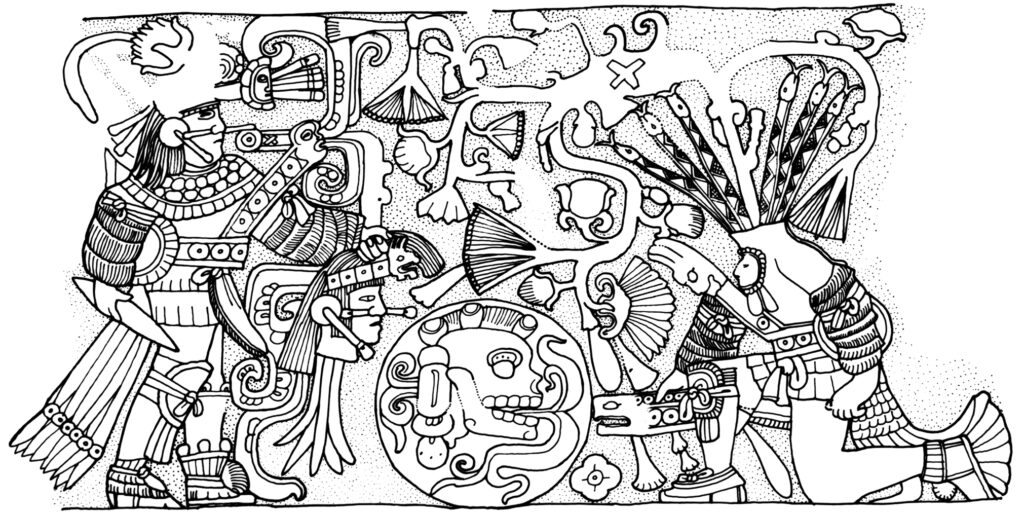Kaminal Juyu fue el nombre asignado en el siglo pasado a un sitio preclásico y clásico del Altiplano de Guatemala. Parece una tarea casi imposible reconstruir su nombre original. Sin embargo, sabemos que topónimos suelen ser muy conservadores, especialmente si representan un ‘lugar de origen’, lo que era el caso de Kaminal Juyu.
Una vez establecido que su población fundadora fue el pueblo maya-poq’om, una gama de disciplinas que incluyen la iconografía, epigrafía, etnohistoria y tradición oral coinciden en que el nombre original de esa ciudad era ‘Cerro de Maguey’. De hecho, así lo dejaron apuntado en su testamento los descendientes del linaje Kaqkoj o Puma, una de las familias principales de Kaminal Juyu, en el siglo XVI.

